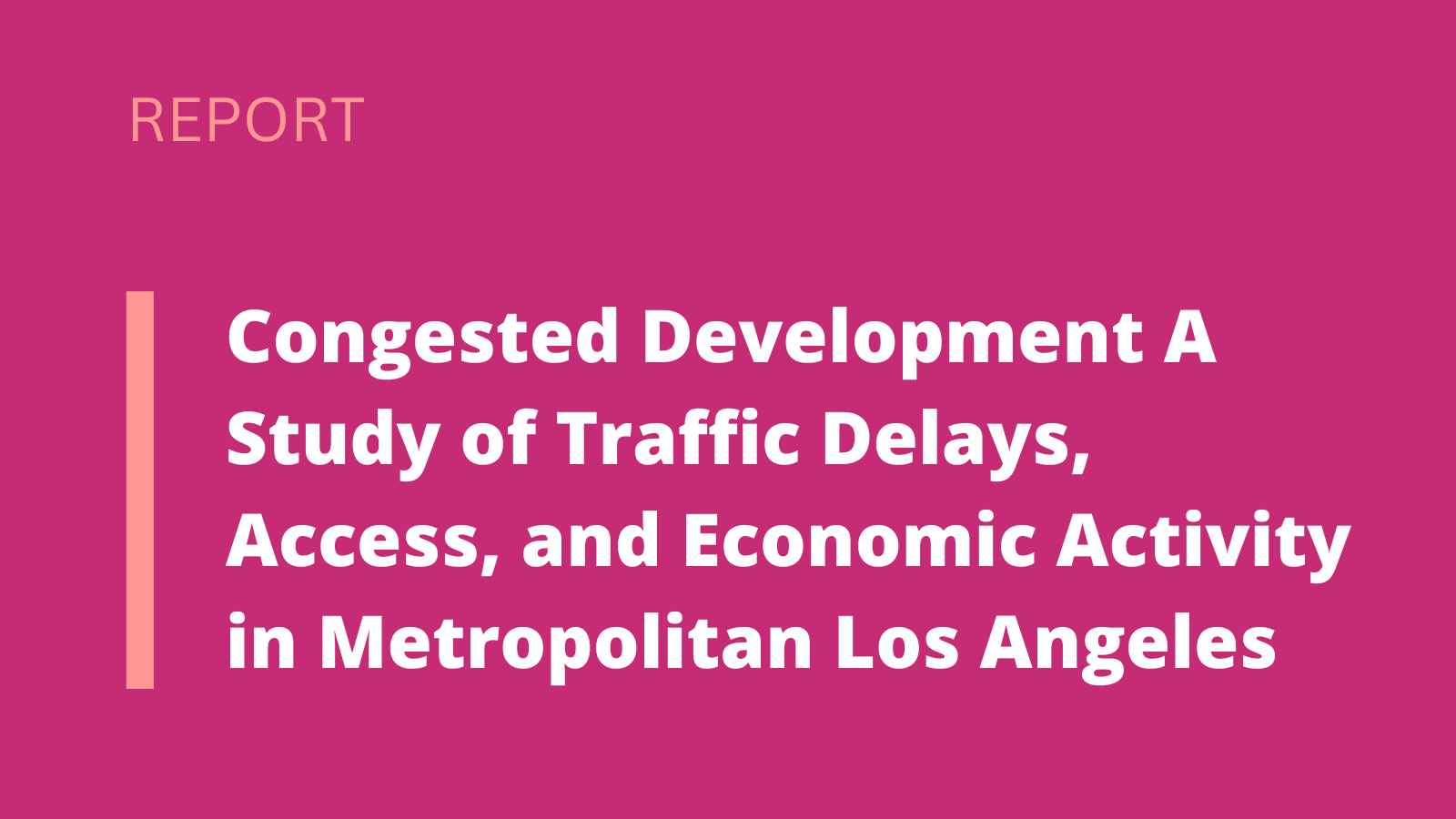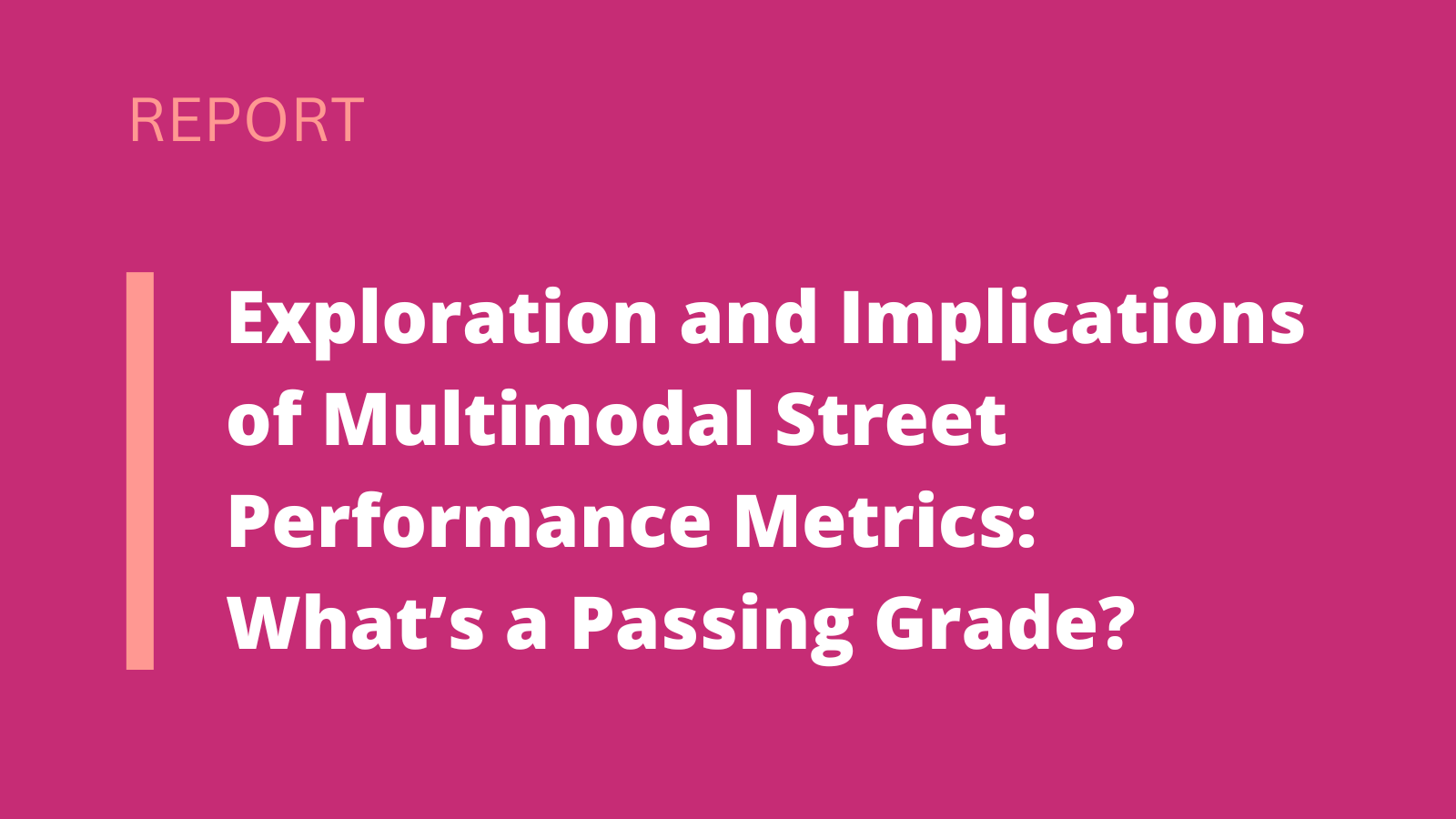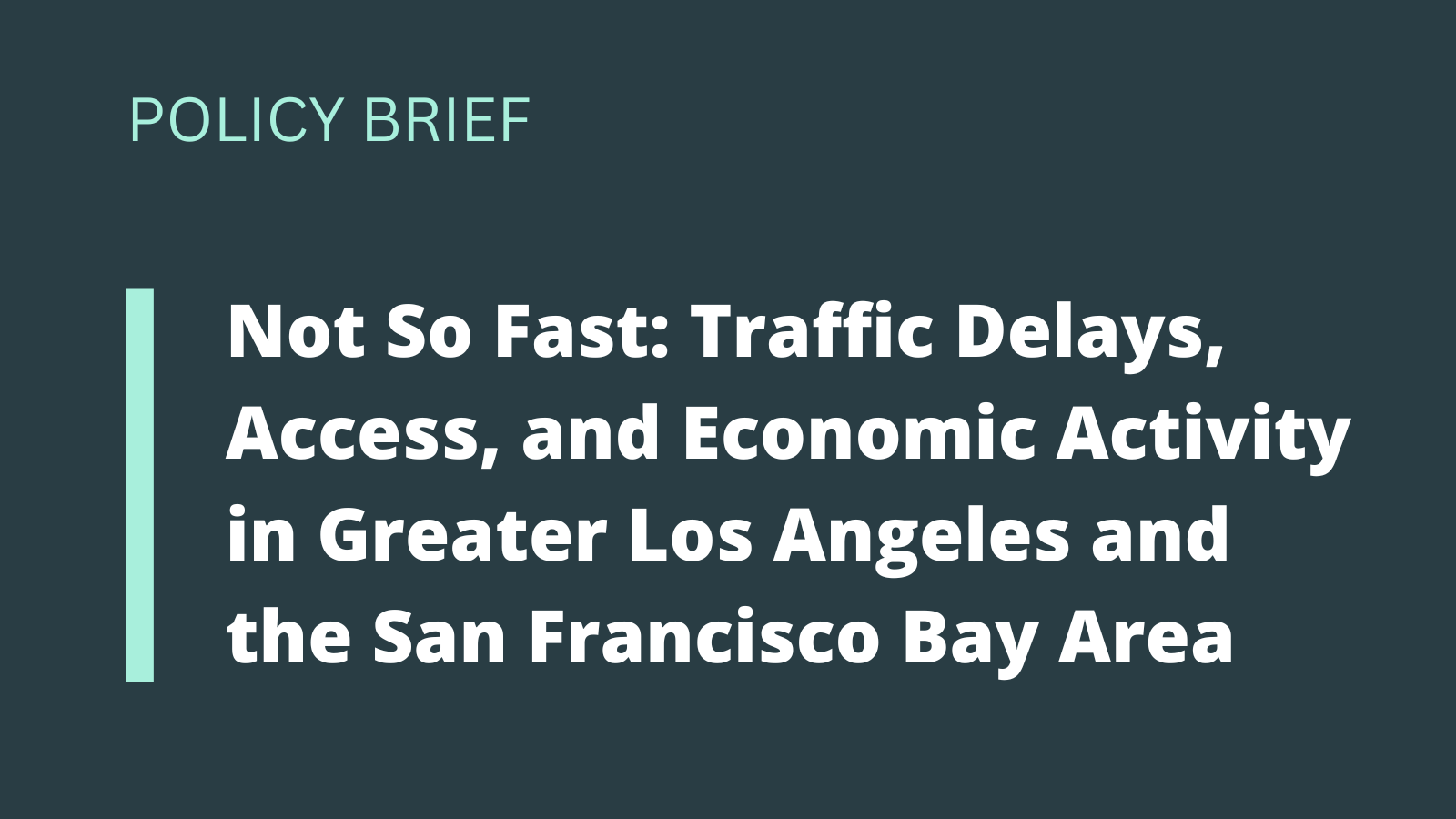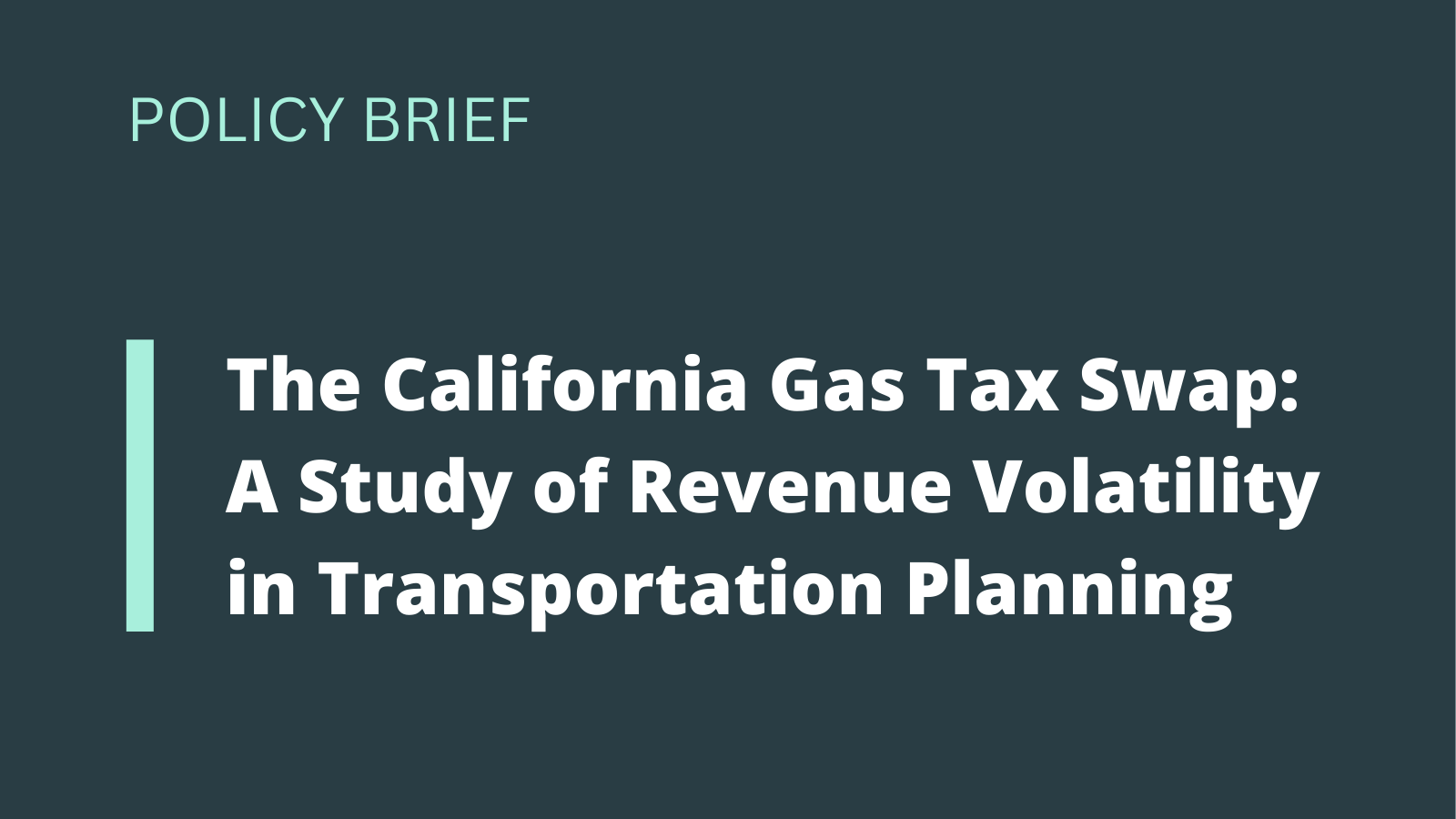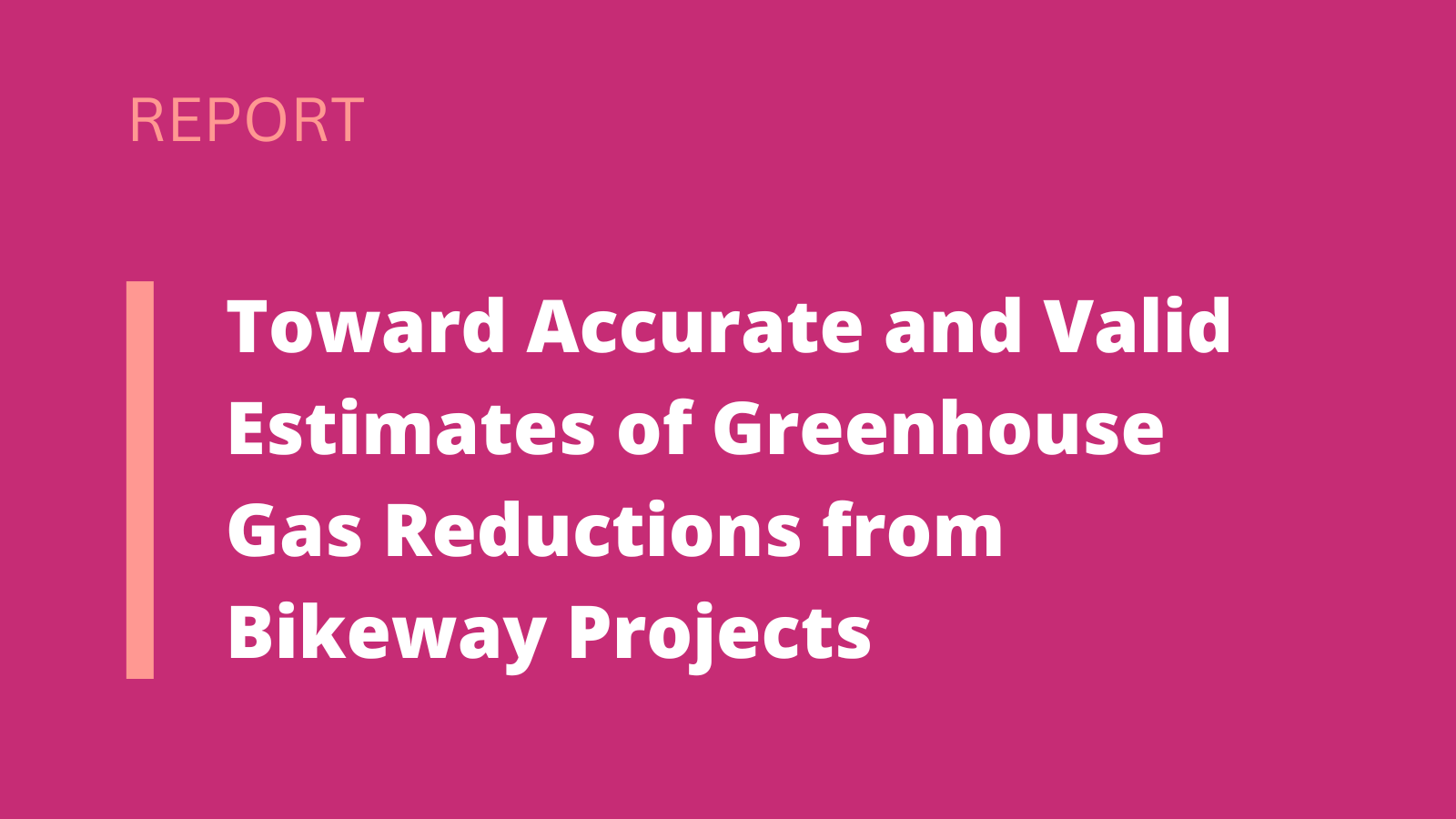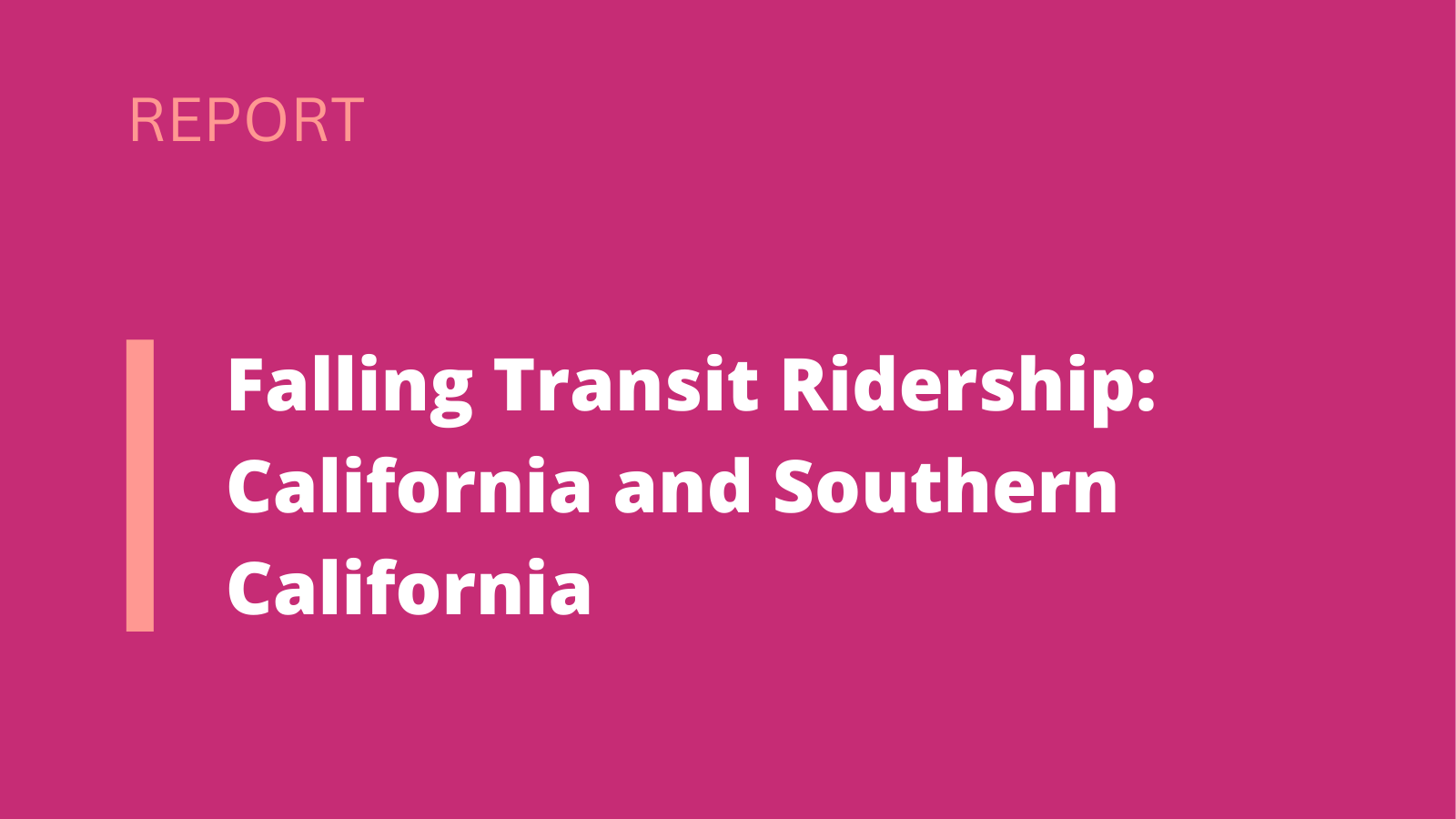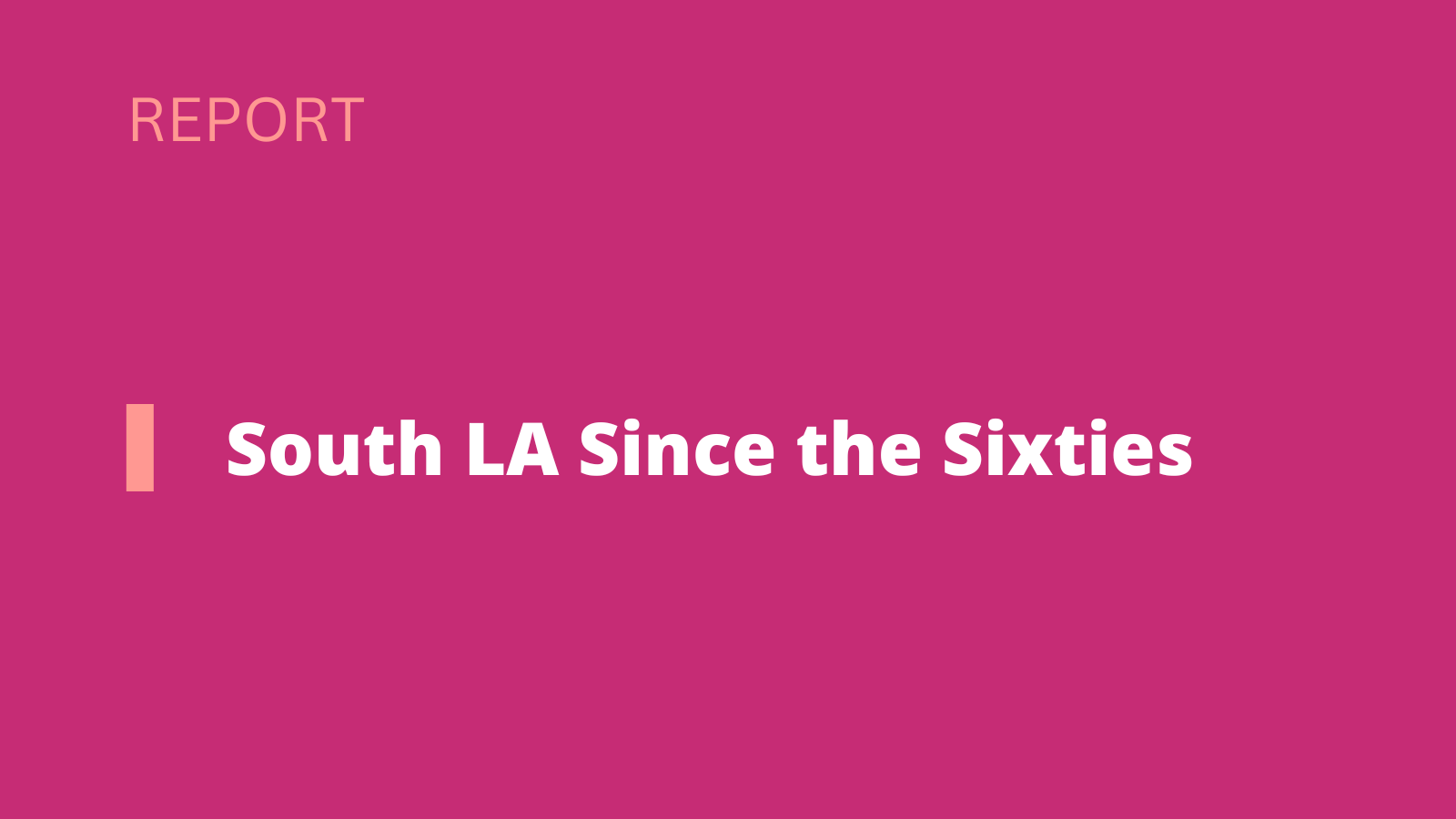Congested Development A Study of Traffic Delays, Access, and Economic Activity in Metropolitan Los Angeles
superadmin2026-01-08T07:01:10-07:00TTI estimated that traffic congestion cost the LA economy a staggering $13.3 billion in 2014, based on premise that moving slowly wastes time and fuel, costs that are multiplied over millions of travelers. But do such measures really capture how congestion and the conditions that give rise to it affect regional economies?

